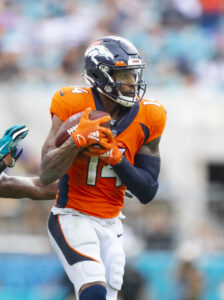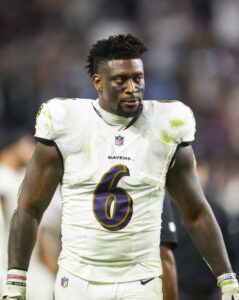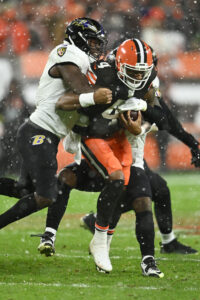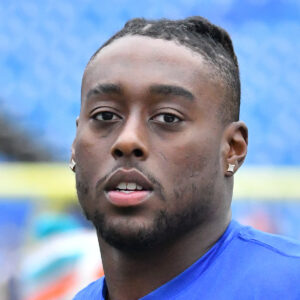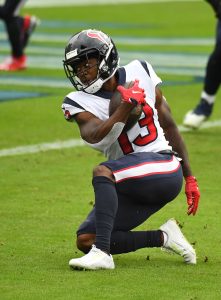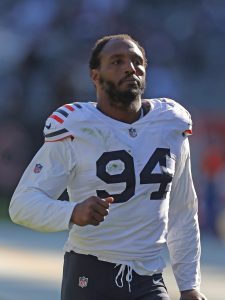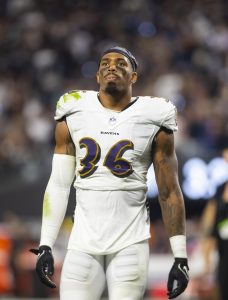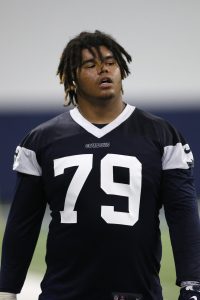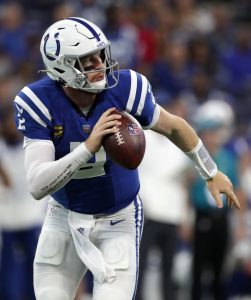With NFL rookie minicamps coming to a close, we can take a look at some of the notable names that were invited for veteran tryouts during the rookies’ introduction to the NFL. The Giants were one of the teams with multiple veteran free agents in attendance, as noted by Pat Leonard of NY Daily News.
Two outside linebackers were auditioned this week in New York. Myjai Sanders worked out with the team after playing sparingly in seven games for the Texans last year. A former third-round pick for the Cardinals, Sanders had three sacks as a rookie but, after falling down the depth chart, found himself being auctioned off as a trade candidate before ultimately getting waived.
The other was Shaka Toney, a former seventh-round pick for the Commanders who was waived just before the draft. He’s only played major snaps in one game over his two years, his lone start out of 26 games played, but totes 1.5 sacks on his record.
The third veteran in attendance was wide receiver Jared Bernhardt.
Here are a few other notable minicamp auditions that took place around the league:
- The Bears also hosted three veterans, even eventually signing tight end Tommy Sweeney. Kevin Fishbain of The Athletic reports that cornerback Parry Nickerson and wide receiver Freddie Swain were the other two veterans in attendance this week. Nickerson entered the league as a sixth-round draft pick in 2018 for the Jets. Since then, he’s bounced around with one season each at in Jacksonville, Green Bay, Minnesota, and, most recently, Miami. Swain had a decent start to his career after two seasons in Seattle but didn’t play in 2023 after appearing in only four games in 2022 between time in Miami and Denver.
- The Titans were another team to host multiple notable veteran names, namely cornerback William Jackson III and pass rusher Shane Ray, per Aaron Wilson of KPRC 2 and Turron Davenport of ESPN. After playing out a rookie contract in Cincinnati, Jackson earned a three-year, $40.5MM contract with the Commanders but requested a trade that landed him with the Steelers a year in a half into the deal, though he never got to play for them. He hasn’t appeared in a game since Week 5 of 2022. Ray’s absence from the NFL has been even longer. A first-round pick for the Broncos in 2015, Ray hasn’t played in the league since 2018. He joined the Bills last offseason, reuniting with his former Denver teammate Von Miller, but he was cut before the regular season.
- After attending the Eagles’ rookie minicamp, wide receiver and return specialist Jakeem Grant also worked out for the Saints at their rookie minicamp, per Mike Triplett of NewOrleans.Football. Grant hasn’t appeared in an NFL game since the 2021 season as he’s rehabilitated a torn Achilles and a ruptured patella tendon, but the last time he played, he earned Pro Bowl and second-team All-Pro honors.
- Lastly, the Dolphins hosted pass rusher Aaron Lynch for a tryout, according to Barry Jackson of the Miami Herald. Lynch showed promise after tallying 12.5 sacks in his first two seasons with the 49ers but never managed more than three in a season over the next five years. He hasn’t appeared in an NFL game since 2020.

